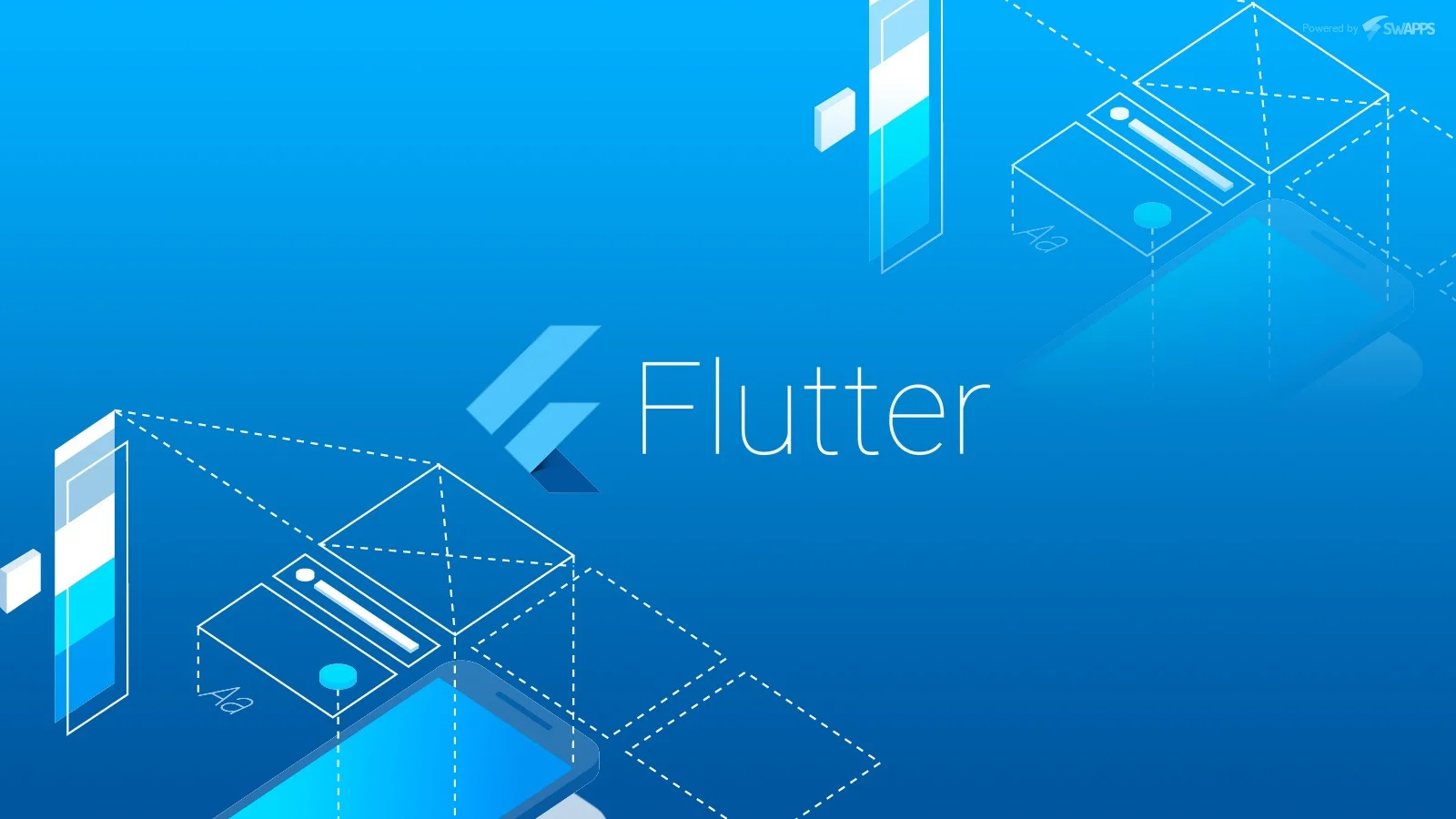Introduction to Flutter State Management:
State management is the process of managing the state of an application, which can include user input, data changes, and UI updates. In Flutter, state management is especially important due to the reactive nature of the framework, which requires UI updates to occur as the state of the app changes. There are several common ways of managing state in Flutter, including setState, InheritedWidget, and Redux. However, as an app grows in complexity, these solutions may become cumbersome to use. This is where Provider comes in.
What is Provider?
Provider is a Flutter package that simplifies the process of managing state in Flutter applications. It is a wrapper around InheritedWidget that makes it easier to share state between different widgets in the app. it offers a number of benefits, including better performance, easier code maintenance, and improved readability.
Getting Started with Provider
To use Provider in your Flutter app, you first need to install the package by adding it to your pubspec.yaml file. Once installed, you can create it by extending the ChangeNotifier class, which provides a notifyListeners() method that can be called whenever the state of the app changes. You can then use it at any level of your widget tree and update its state by calling the notifyListeners() method.
Provider Architecture
It uses a Provider-Consumer architecture to manage state in Flutter applications. They are created at the root level of the app and can be accessed by any widget that needs the state. Consumers are widgets that listen to changes in the it and rebuild their UI whenever the state changes. The Provider-Consumer architecture makes it easy to separate the state of the app from the UI logic and keeps the code clean and maintainable.
Advanced Provider Usage
Provider offers several advanced features to make state management even more efficient. MultiProvider allows you to group multiple Providers together, while ProxyProvider allows you to modify the value of one Provider based on the value of another Provider. These advanced features can help simplify your code and make it easier to manage state in your app.
Using ChangeNotifier with Provider
ChangeNotifier is a built-in Flutter class that can be use to simplify state management even further. ChangeNotifier is a special type of Provider that comes with a built-in notifyListeners() method. This means that you don’t need to create a custom class for simple state management tasks. Instead, you can use ChangeNotifier and its notifyListeners() method to update the state of the app.
Best Practices for Using Provider
To get the most out of Provider, it is important to follow some best practices when using it in your Flutter app. First, create small, focused Providers that only handle a single aspect of the app’s state. This makes it easier to maintain and update the code as the app grows in complexity. Second, choose the appropriate type based on the complexity of the state you are managing. For example, use ValueNotifier for simple, scalar values and ChangeNotifier for more complex state. Third, use Consumer instead it whenever possible, as it is more efficient and easier to read. Finally, keep Providers close to where they are use in the widget tree, rather than creating them at the top level of the app.
Conclusion
In conclusion, Provider is a powerful tool for managing state in Flutter applications. It simplifies the process of sharing state between different widgets and makes it easier to maintain and update the code.You must have knowledge about what is flutter , you can create efficient, scalable Flutter apps that are easy to read and maintain. So next time you’re building a Flutter app, consider using it for your state management needs. Get in touch with a flutter app development company.
